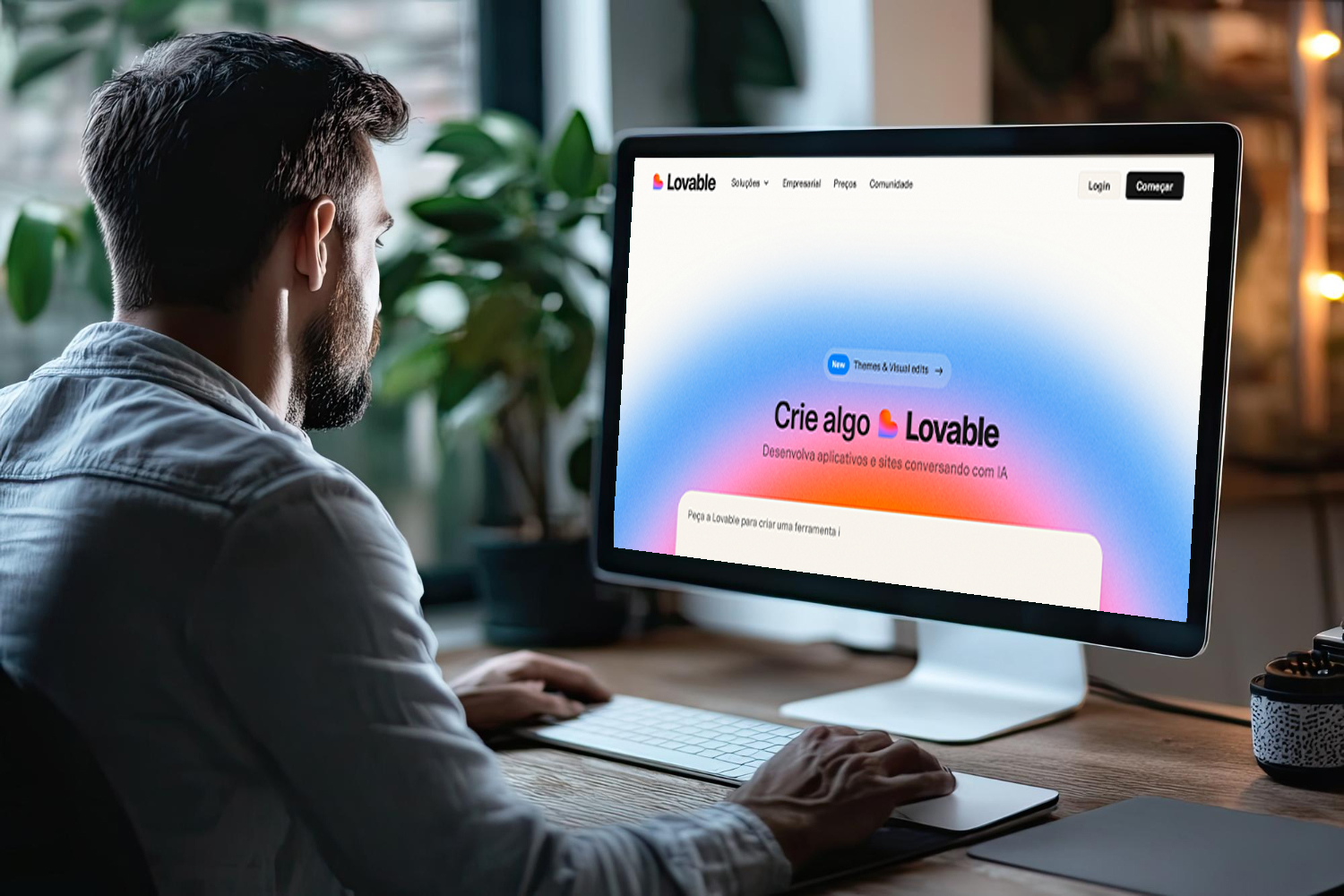
In the digital world, creating a domain goes beyond the simple act of establishing an online presence: it is a fundamental step in the journey of protecting and strengthening your brand. After all, a well-chosen and properly registered domain not only serves as the virtual address: it acts as a barrier against various digital threats. With this in mind, in this article, we will dive into the domain creation process, highlighting each crucial step. Thus, we will ensure that your brand not only marks its presence on the web but is also protected against potential vulnerabilities! Let’s go?
What is a domain?
A domain is the digital address of your website. In other words, it is the combination of your brand name followed by an extension. Here at Branddi, for example, our domain is branddi.com. The extensions, especially the TLDs (Top Level Domains), are many, such as:
- -.com;
- -.com.br;
- -.edu;
- -.net;
- -.org.
That’s why it’s important to analyze which one makes the most sense with your company’s name, as it can represent your business sector within e-commerce. The most common are .com and .com.br. In short, the domain is the backbone of your digital identity: a first step to build an online presence that reflects the essence of the brand. In addition to being essential for building a website, the right domain can significantly improve your brand’s visibility, facilitate digital marketing, and serve as a powerful statement of your identity in the market.
How to choose the perfect domain
Choosing a domain name is a strategic decision that requires reflection and planning. This is because the ideal name should be not only memorable and easy to type but also aligned with your company’s name and sector. Here are some tips for choosing the perfect domain name:
Simplicity is key
Firstly, if you already have an established brand and want to create a website to direct customers, it’s essential that the domain matches exactly the brand name. Imagine, for example, if Branddi had a website with a completely different name from the company. This would surely cause confusion and drive customers away, right? Therefore, for already existing brands, the domain choice is simple and straightforward: use the brand name.
Additionally, it’s crucial that the domain is easy to pronounce. Many make the mistake of choosing complicated domains and adding random elements, like extra numbers and letters. This is problematic because the human brain tends to remember names that are simple to think and say. For example, a domain like "minhamarcaaa.com.br" can be confusing due to the extra letters. Similarly, domains that combine more than two words, like "aventurapelomundointeiro.com", are too long and hard to memorize. Therefore, when choosing a domain, opt for something simple, direct, and that clearly reflects your brand name. That is, avoid unnecessary complications and elements that may hinder the memorization and pronunciation of the domain. This way, you’ll ensure that your customers find your site easily and without confusion.
Research and availability
Before deciding on a domain name, it’s crucial to check its availability. This step is essential to ensure that the desired name is not already in use by another entity, which could cause confusion or legal issues. For this, use online domain search tools, such as WHOIS, which allow you to quickly check if the name is available for registration. These platforms are easy to use and provide detailed information about availability, including data about the current owner if the name is already registered.
In addition to checking domain availability, it’s also crucial to perform a trademark search. This can be done using intellectual property databases, such as INPI (National Institute of Industrial Property) in Brazil. This way, you can confirm whether the name or a variation of it has already been registered as a trademark by another company.
Performing these checks not only helps avoid legal conflicts but also protects your investment in the domain name and brand.
Register the domain
Domain registration is the next critical step. After all, this process involves choosing a reliable registrar and paying an annual fee to secure exclusive rights to the name. During registration, you will also choose the domain extension (.com, .net, .org, etc.), which should be selected based on your target audience and the nature of your business.
For domains with the .br extension, visit registro.br and check availability according to your company’s name. Remember the tips and simplify the address as much as possible, giving preference to .com and .com.br extensions.
To create a domain through Registro.br, you will need to provide some basic information, such as CPF, CNPJ of the company, address, and phone number. Additionally, you will need to obtain the DNS of the server where your website is hosted. You can select the DNS service from Registro.br itself if you don’t have one yet. Finally, choose the payment package, with the initial amount being R$40 per year.
Privacy and security protection
Privacy protection is a vital aspect when registering a domain, as it prevents your information from being exposed publicly in the WHOIS database. Therefore, when you register a domain, details such as your name, address, phone number, and email are generally made publicly available.
This exposure can lead to a number of issues, including spam, identity theft, and other forms of harassment. To mitigate these risks, many domain registrars offer privacy protection services, also known as WHOIS Privacy Protection or Domain Privacy. This is because these services replace your personal information with generic data or that of the registrar, keeping your identity and contact details safe.
The implementation of SSL certificates (Secure Sockets Layer) is essential for your site’s security, as it encrypts data transmitted between the server and browsers, protecting sensitive information such as passwords and credit card data from interception. However, this is not all: in addition to protecting data, SSL increases trust in your brand, improving engagement and conversions. It also contributes to a better position in search results, as search engines like Google consider this a ranking factor.
The importance of protecting your domain
Maintaining constant control over your domain is vital for your brand’s security. This includes timely registration renewal to prevent it from expiring and falling into the hands of fraudsters. Additionally, it’s important to be vigilant against phishing attempts and other scams that might target your domain.Specialized brand protection services, such as those offered by Branddi, are essential for continuous monitoring against digital threats. After all, they include active monitoring of domains, ads, and social media profiles that may be improperly using your domain or brand.This is only possible through a series of actions that combine artificial intelligence with the skills of trained professionals:
As we have seen, domain creation and management are key steps in protecting and strengthening your brand in the digital environment. Therefore, choosing an appropriate domain name, registering it correctly, and implementing security measures are crucial actions to ensure a safe and reliable online presence. With well-defined strategies and the support of brand protection experts, your company can not only establish but also maintain a strong digital presence. But remember: choosing a domain is just the beginning: true brand protection involves constant vigilance and proactive actions to defend your digital identity. Branddi is by your side, offering the tools and support necessary to navigate the digital world safely!
Pronto para blindar sua marca?
Não deixe seus clientes caírem nas garras de concorrentes, golpistas e aproveitadores.



